Nature reports
Publisher: Naturalis Biodiversity Center
Page 1 of 11 - 108 Results
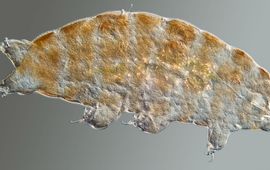
They are smaller than a millimeter, yet they can play an enormous role in science: tardigrades. These tough little organisms can survive extreme conditions and are found all over the world, from the Himalayas to the deep sea...
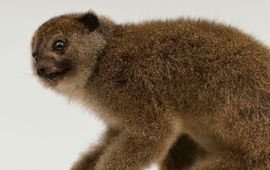
Naturalis presents the first type catalogue of its mammal collection: a comprehensive overview of 405 scientific names with their official tangible type specimens. Five years of research have brought together old, often brief..

Man-made chemicals, including pesticides, industrial chemicals, and medicines, enter the European environment. Many are classed by the EU as harmful to the environment and humans, but effects on terrestrial wildlife are little..
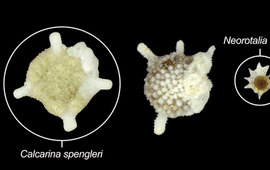
Foraminifera, small but incredibly important marine organisms, spend their lives together with two types of roommates: algae and bacteria. They are very picky when it comes to the algae, but open minded when it comes to the..
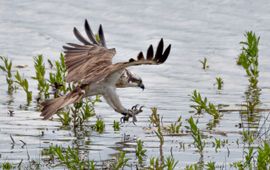
According to the IUCN Red List, over 47,000 plant and animal species are threatened with extinction. Most species, however, are at little to no risk. What makes one species much more vulnerable than another?..
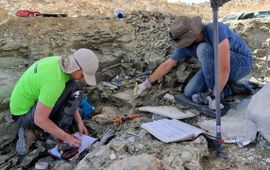
Each summer, a team from Naturalis Biodiversity Center travels to the United States to dig for dinosaur fossils, and this year is no different. Right now, a team of paleontologists and preparators of Naturalis’ dinosaur lab is..
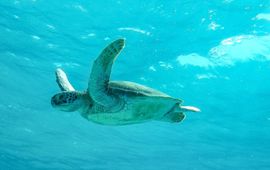
After centuries of hunt, habitat loss, and disruption, some sea turtle populations in the Caribbean Netherlands appear to be slowly recovering. The report State of Nature Caribbean Netherlands shows that protection works. But it..
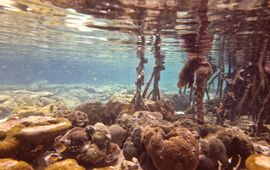
With increasing pressures on the world's biodiversity, the need for effective nature conservation plans rises. In Indonesia marine protected areas are created to protect marine ecosystems like coral reefs. However, many management..
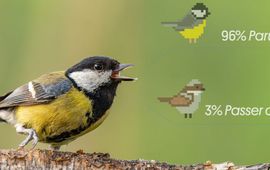
Artificial Intelligence is rapidly advancing in its ability to identify animal sounds, proving invaluable for biodiversity monitoring. This cutting-edge technology still relies heavily on human expertise. "Volunteers remain..
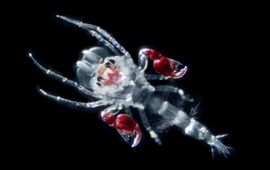
Zooplankton are vital to ocean ecosystems and their diversity reflects the health of the ocean. They respond quickly to environmental changes, making them key indicators of climate change. Monitoring these shifts requires..
